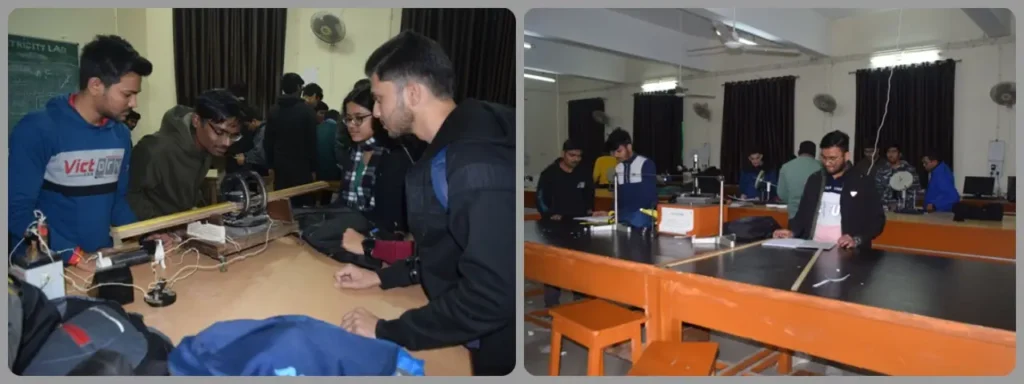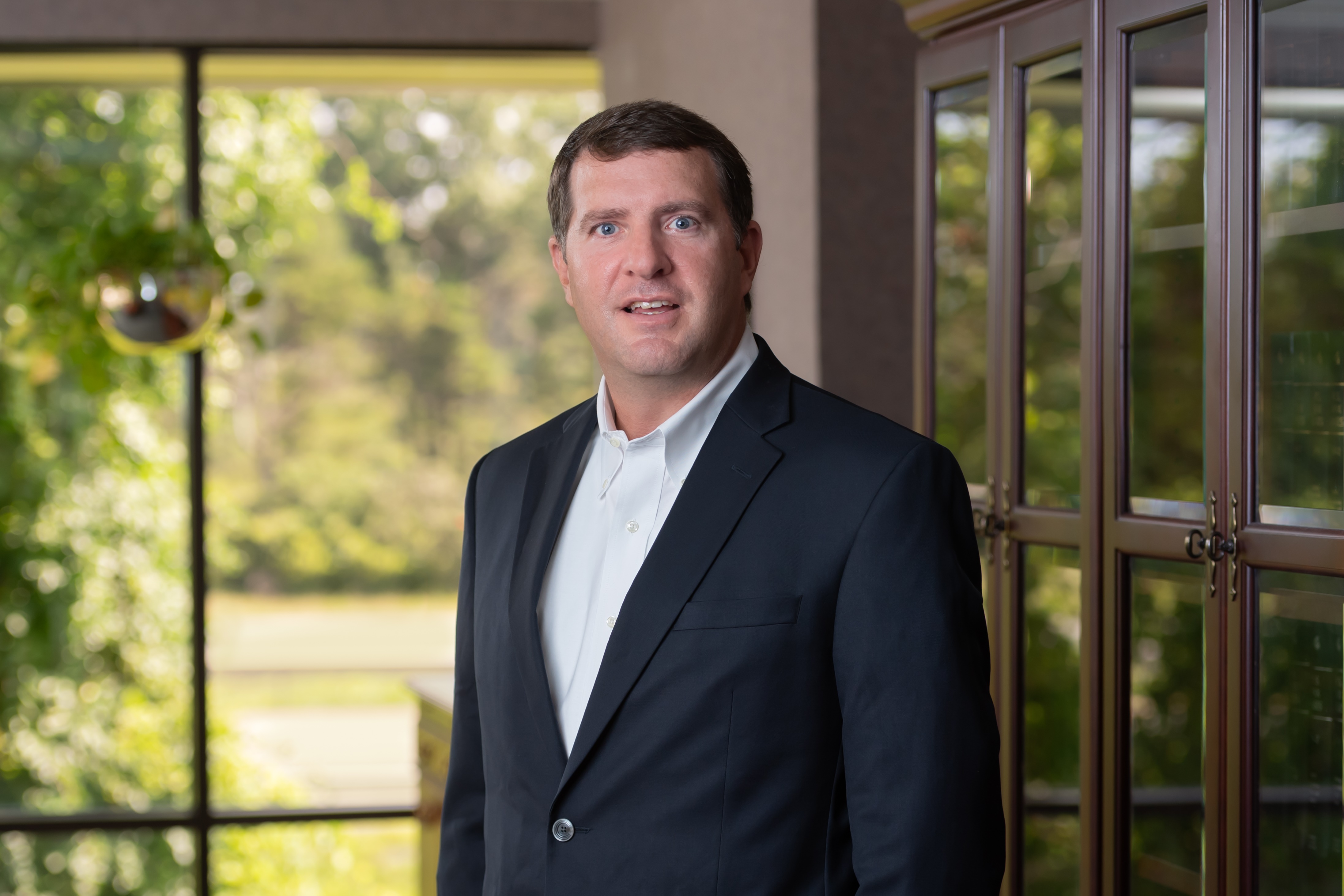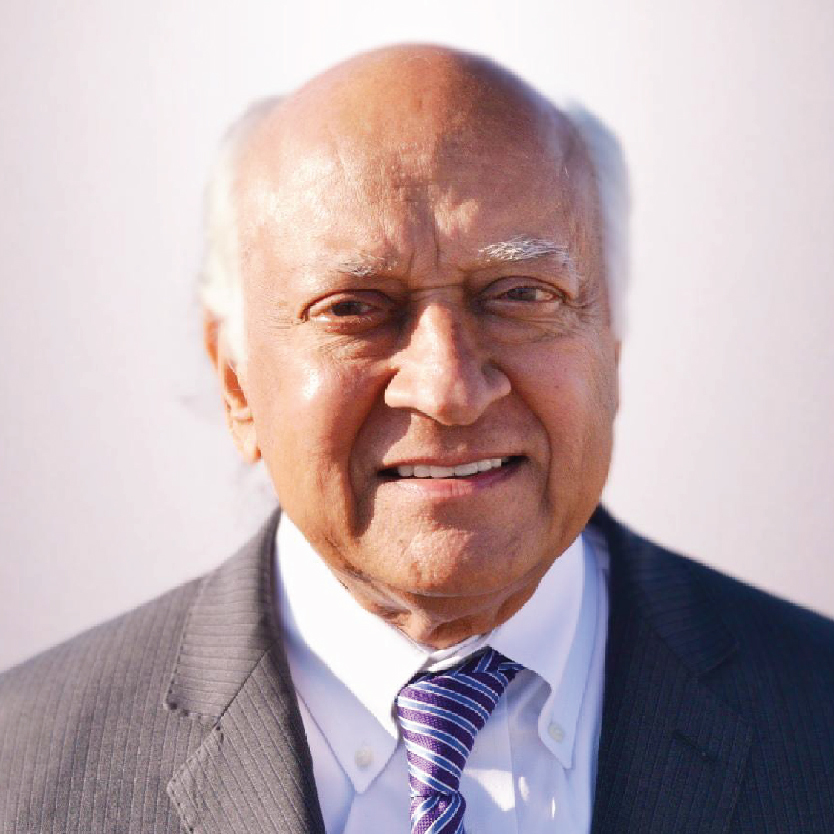Introduction

The modern scientific era relies heavily on the creation, storage, and analysis of big-data generated by experimental facilities and physical models across diverse scales
- Ranging from nanoscale quantum and statistical systems to light year-scale astrophysical phenomena. Four physicists (Dr. Kuldeep Verma, Dr. Shraddha Mishra, Dr. Sunil K. Mishra and Prof. Abhishekh K. Srivastava) in the Department of Physics at IIT (BHU) form a distinguished group whose cutting-edge research aligns perfectly with the domain of Big-Data and Computation (BDaC). Their works span various topics, including quantum physics, statistical systems, plasma physics and astrophysics [2-5]. To investigate the exclusive physical processes—such as the plasma heating mechanism in the solar corona.
- The physics of skyrmions.
- The physics of stars and their fundamental properties.
- The physics of statistically moving systems.
- And the growth laws of phase-separating active agents using large-scale simulations of Active Brownian Particles (ABPs)—our interdisciplinary group requires a dedicated computational infrastructure. This includes a few high-performance computing servers and a robust big-data storage solution, such as a Network Attached Storage (NAS) device with substantial storage capacity. The present project aims to acquire and integrate these resources within the proposed budget to achieve the following scientific objectives:
- Develop realistic models of physical systems across diverse scales and showcase the scientific results to contribute to the existing knowledge base of the scientific community.
- Demonstrate the technology for data assimilation, analysis, and integration, leveraging advanced AI/ML modelling techniques.
- Train students in computational skills and provide exposure to real-world scientific problems, fostering their practical expertise.
References:
- Hilbert, M. & López, P., The world’s technological capacity to store, communicate, and compute information, Science, 332, 60–65 (2011).
- Srivastava, A. K.; Murawski, K.; Kuzma, B.; Wojcik, D. P.; Zaqarashvili, T. V.; Stangalini, Marco; Musielak, Z. E.; Doyle, J. G.; Kayshap, P.; Dwivedi, B. N., Confined pseudo-shocks as an energy source for the active solar corona, Nature Astronomy, 2, 951-956 (2018).
- V. Vijayan, L. Chotorlishvili, A. Ernst, S. S. P. Parkin, M. I. Katsnelson, S. K. Mishra, Topological dynamical quantum phase transition in a quantum skyrmion phase, Physical Review B Lett 107, L100419.
- K. Verma, J. L. Rørsted, A. M. Serenelli, V. Aguirre Børsen-Koch, M. L. Winther, A. Stockholm, Advanced asteroseismic modelling: breaking the degeneracy between stellar mass and initial helium abundance, Monthly Notices of the Royal Astronomical Society 515 (1), 1492-1509 (2022).
- Pratikshya Jena, Shradha Mishra, Polarised crowd in motion: insights into statistical and dynamical behavior, Nature Sci Rep, 14 (1), 30831.
Estimated Timeline for the Project
3 Years
Expected Impact
The magnetized plasma systems will be modelled using MHD and two fluid codes for diverse systems (Sun-like and laboratory plasmas). The most outstanding problems of solar coronal heating/plasma heating, mass transport/solar wind, and the newly discovered Symbiosis of Waves and Reconnection (SWAR) will be explored in this framework. The science outcome will be able to solve the outstanding issues of this particular field (e.g., coronal heating), and will contribute to the national (e.g., Aditya-L1), and international projects (e.g., 4m-DKIST). The established resources will generate multilateral research cooperation both in the national and international community, as the proposed work involves fundamental and cutting-edge science problems of physics/astrophysics/plasma physics.
Recent developments in astero-seismology—the study of oscillations in stars—have led to a revolution in modern astrophysics. The large volume of high-quality astero-seismic data provided by NASA's Kepler/K2 and TESS space missions allows us to probe the extreme physical conditions deep within stars. These observations enable the determination of fundamental properties such as stellar mass, radius, and age, making them invaluable for both exoplanetary science and Galactic archaeology. Despite these breakthroughs, we have critical shortcomings in stellar evolution models, particularly concerning the description of chemical and angular momentum transport processes. In light of this, we aim to compute large grids of stellar evolution models and their corresponding theoretical adiabatic oscillation frequencies—amounting to tens of terabytes of data. These models will be compared with Kepler observations to refine our understanding of stellar interiors. Achieving this requires significant computational resources, including extensive CPU hours and, more importantly, ample storage capacity. These comprehensive grids of stellar models will be useful in preparing the upcoming ESA PLATO mission, currently scheduled for launch in December 2026.
Two-dimensional quantum systems exhibit remarkable physics, from the quantum Hall effect to Majorana zero modes at superconductor-semiconductor interfaces, topological insulators, and various other topological phenomena. However, simulating these systems demands huge computational resources.
One such system involves a two-dimensional array of qubits designed specifically for quantum computing tasks. The simulation of these qubit arrays, including the design of single-qubit and two-qubit operations, requires an immense amount of computational power on a classical computer.
In these systems, quantum information transmission will be explored from one point to any other, leveraging the principles of quantum entanglement. Yet, when the geometry or interactions of the system lead to low-fidelity readouts, enhancing the fidelity of quantum information transfer will be achieved by implementing quantum error correction codes. Implementing these codes, however, requires additional computational resources.
Active Brownian particle’s simulations have proven instrumental in examining processes such as tissue morphogenesis, wound healing, and tumor growth by elucidating the interplay between cell motility, density, and mechanical forces. The inherent complexity and scale of ABP simulations necessitate substantial computational resources, underscoring the importance of High-Performance Computing (HPC). Without HPC, these simulations encounter significant limitations, including reduced scalability, an inability to incorporate detailed biophysical interactions, and constraints on the number of particles or the duration of simulations. Such restrictions impede the accurate modelling of emergent behaviours and hinder exploring intricate, multiscale interactions. HPC mitigates these challenges by enabling the simulation of large-scale systems, facilitating the inclusion of detailed interactions, and expediting parameter sweeps or optimization studies through parallel computation. Additionally, HPC supports the efficient visualization and analysis of extensive datasets, thereby ensuring that ABP simulations provide robust and meaningful insights into cell dynamics across biologically relevant scales and conditions.
Later, the active agent can be used to develop learning-based methods, such as reinforcement learning (RL), for developing advanced robotic experiments.
In conclusion, together the entire extended group of scientists will be involved in show-casing the numerical tools, data analysis methods, and ML models while addressing their respective science problems, and this will be a ready reference also in teaching and training of the students. The outcome will be published in the form of peer-reviewed papers in top-ranked journals (e.g., Nature Portfolio Journals, ApJ, A&A, MNRAS, AJ, PRB, PRM, etc). The other products of the project will include modelling scripts, data analysis procedures, training and teaching of young students and researchers, contribution to national and international projects/missions, and public outreach. This entire effort will also enhance national and international collaborations, bringing more grants, multilateral collaborations, and interdisciplinary works among the involved scientists and their groups. The other most important aspect is that this project will foster the use of numerical modelling and the exchange of ideas in an interdisciplinary environment. A joint effort will be made to teach and train undergraduate and master's students coming to Engineering Physics, as well as students from other departments or external institutions. Moreover, the involved Ph.D. students will be able to use this integrated computation and data analysis system to further carry out their particular research work.



















